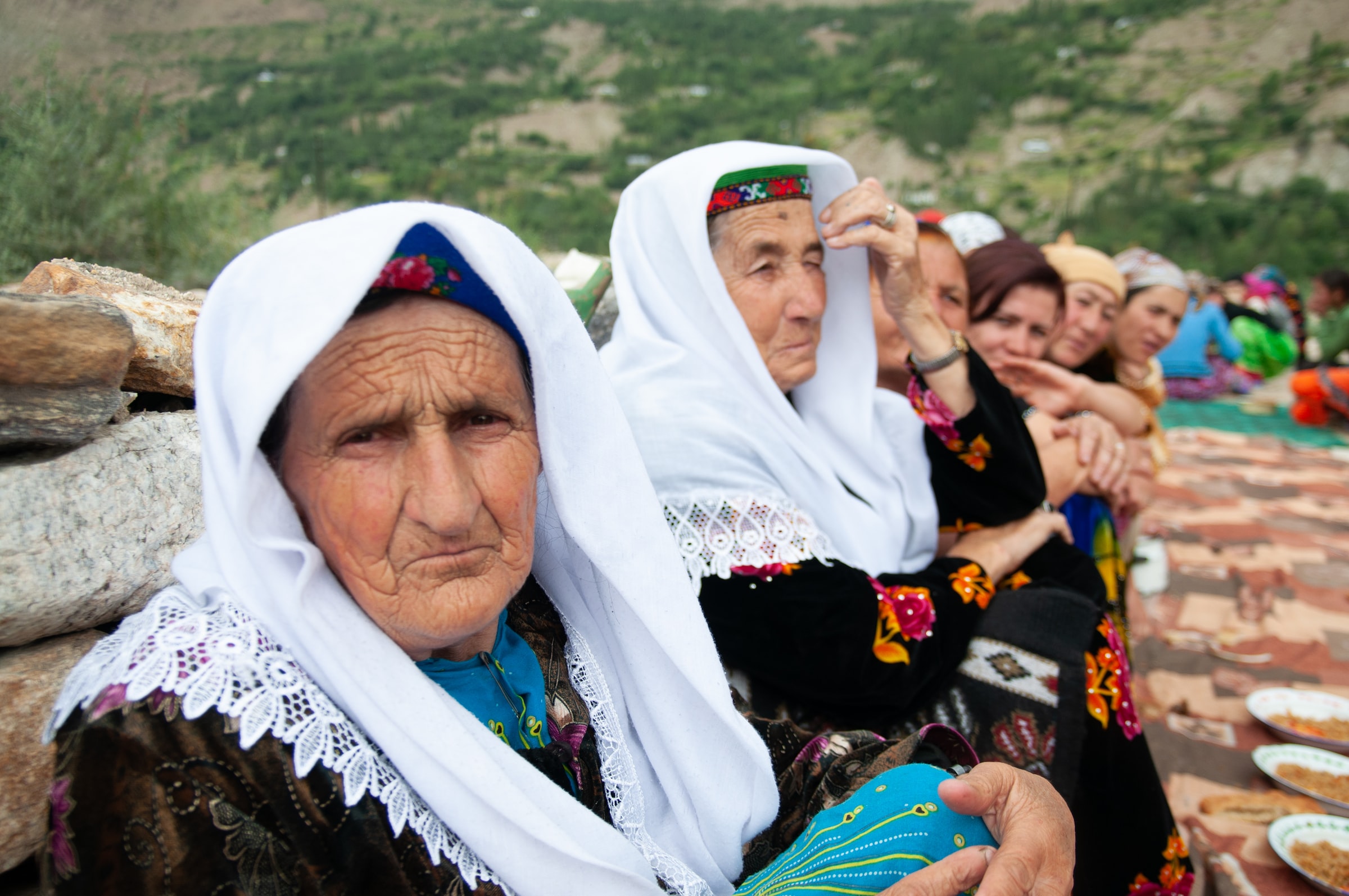In the Face of Compounding Crises, Tajikistan Adopts its First Disaster Risk Finance Strategy.

Tajikistan is frequently affected by disasters that are compounded when combined with the country’s low-income status, rapidly ageing infrastructure, and lack of capacities to respond and recover. About 5 years ago, the World Bank started supporting the government in development of a comprehensive disaster risk finance (DRF) strategy. Since then, the country was hit not only by disasters, but also by the pandemic, the refugee inflow from Afghanistan, and several conflicts and impacts of the war in Ukraine. All these crises together are threatening the economic development and well-being of people in this already fragile country, making it difficult to ensure a sustainable growth and fight against poverty. These crises, however, have enabled an understanding about the importance of the adoption of the DRF strategy and in November 2022, the Government of Republic of Tajikistan adopted the DRF strategy.
The strategy was developed by a multi-stakeholder working group, led by Deputy Minister of Finance. This working group brought together numerous line ministries and agencies, such as ministries of economic development, transport, agriculture, education, health, energy and such agencies as the National Bank, local governments, state committees for property management, emergency situations, and many others. It identified some priorities in financial preparedness to disasters and a series of measures which includes a plan for introducing risk financing instruments that would address the priorities in a comprehensive risk layering framework. This risk layering can help in matching financing mechanisms – budget reserves, contingent credit, and risk transfer instruments – to the severity and probability of the disaster events. Implementing the DRF strategy will allow the government to begin proactively managing post-disaster contingent liabilities and increase the size of finance that is available in a timely manner after disasters.
To support the development and implementation of this strategy, the World Bank is providing technical assistance support combined with investment and policy-based lending.
For more information, please contact Tatiana Skalon (tskalon@worldbank.org), Financial Sector Specialist, Crisis and Disaster Risk Finance team, World Bank.